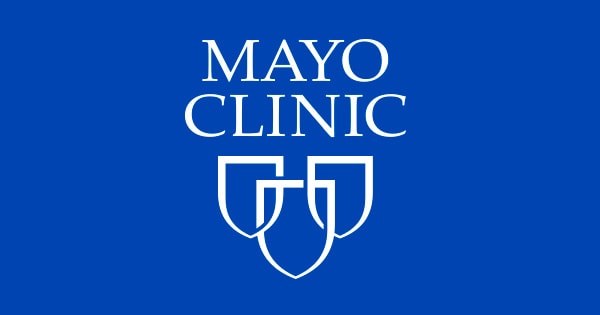How can countries best be supported to answer key policy questions relating to health and care workers? With just over a quarter of people in the WHO European Region living in rural or remote areas, how can strong, multidisciplinary teams be built to deliver primary health care based on local needs, as well as national priorities? Answers to these questions were provided at a WHO Healthy Settings webinar on 27 January 2022, which focused on new tools and resources available for planning the health workforce.
Two new tools
Firstly, participants were shown the new “Health labour market analysis guidebook”, a tool which aims to provide a better understanding of the health workforce and country-level dynamics for policy responses and planning. It builds on a unique combination of technical expertise, country experience and existing literature. Questions answered by the guidebook include “What are the key elements to assess in a health labour market analysis (HLMA)?” and “Who should be involved in this type of analysis?”.
The guidebook emphasizes that an HLMA should be interdisciplinary and participatory, gathering inputs from technical experts in areas such as health workforce, labour and macroeconomics, political economy, education, gender equity and data management. This approach makes it possible to carry out a more complete analysis of all the components of the health labour market.
Secondly, participants learned about an updated version of the “WHO guideline on health workforce development, attraction, recruitment and retention in rural and remote areas”.
This resource suggests taking a multi-pronged approach to achieving sustained improvement. For example, considering what attracts health workers to an area and how attractive the area is compared to its urban counterparts, in terms of regulation as well as personal and professional support.
The guideline is based on a global evidence review, including 133 studies, and provides 17 recommendations to help policy-makers develop, attract, recruit and retain health-care workers in rural and remote areas. These recommendations cover areas including education, regulation, incentives, and personal and professional support for health and care workers.
Note: This article have been indexed to our site. We do not claim legitimacy, ownership or copyright of any of the content above. To see the article at original source Click Here













